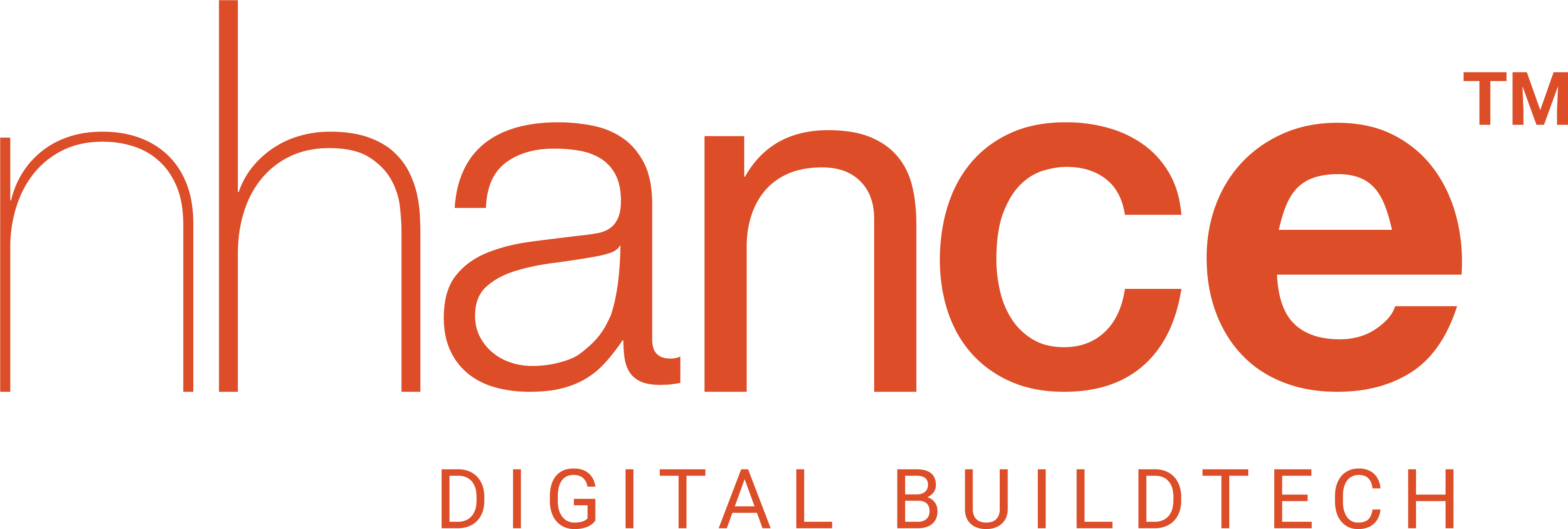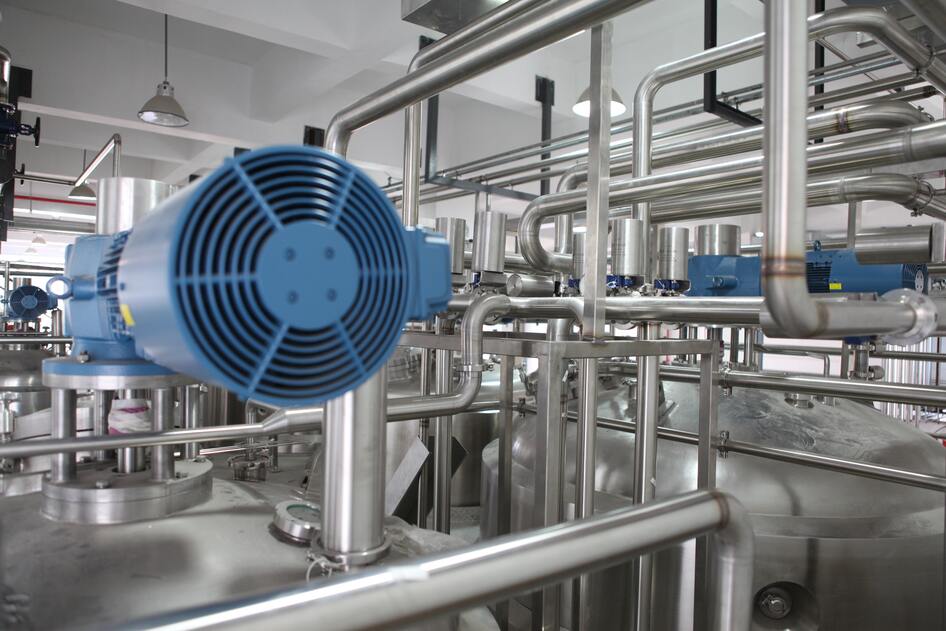As a result of growing interconnectedness and intelligent automation, Industry 4.0 postulates rapid change in the 21st century’s tech, economies, societal patterns and processes. Digitalization is accelerating the enablers of industry 4.0. As a result of this, a very promising, emerging technology, the digital twin has become attainable in the industry. It is a significant industry 4.0 theme, particularly for industrial buildings and facilities, where it is anticipated to deliver unmatched value.
This technology is a real-time virtual replica of a physical building across its lifecycle, generated using AR, VR and IoT technologies. A variety of components like sensors for recording the functionality of assets and their environments, communications systems for secure and dependable data transferring, a single data repository digital platform for storing data etc. are required to create digital twins which in turn make actionable insights possible. In order to mimic complex structures and systems, digital twins are designed to connect with the built environment in various ways that impact the entire building lifecycle.
Benefits of Digital Twins For Industrial Buildings 4.0

The global digital twin market is anticipated to grow at a CAGR of 39.64% between 2022 and 2026. However, it will be up to the IT infrastructure’s availability and maturity to determine how detailed the generated digital twins can be to reap maximum benefits. The benefits that can be yielded using the digital twin technology include:
Better maintenance
Through quick identification of assets and systems, a comprehensive understanding of building performance can be achieved. This will help in taking proactive measures for the maintenance of assets as well as the facility. The timely maintenance will also support a longer building life cycle, enhanced operational efficiency, and reduced operational costs.
Better Building/Facility design
Their use will help industries to improve their building designs by identifying the flaws in the digital footprint right at the construction stage. The technology will provide unmatched visibility into the built environments to ensure the design is flawless and functional.
Better know-how
Detailed information about the facility, the systems that it uses and other aspects related to it such as physical assets can also be known using digital twins. They help to gain better insights into the entire building value chain and aid efficient facility management. They enable smart, evolved building maintenance and planning.
Overall optimization
The technology assesses key performance indicators and determines the reason for inefficiencies which results in reduced resource wastage and optimized building performance. The collected data can help in anticipating downtime and scheduling maintenance processes accordingly. Also, they can reduce the amount of time and resources needed for assembly, installation, and resource validation.
Standard operating procedures of industry 4.0 have already been disrupted by seamlessly integrating principles of mechanics, engineering, and computing with AI, ML, IIoT, and data processing. The adoption of digital twin technology will further make it possible for the industry to undertake intricate multidisciplinary processes and solve complex problems within the building ecosystem before they are confronted in the real world.
To revolutionize the way the buildings/facilities in industry 4.0 are modelled, monitored, and managed, nhance brings Nhance twin. It democratizes data to break information silos and converge disparate data points to give you a 360-degree view of your building ecosystem including the physical assets – helping you analyze risks, reduce resource consumption, optimize costs and make the occupant experience better. To know more visit nhance.ai.








